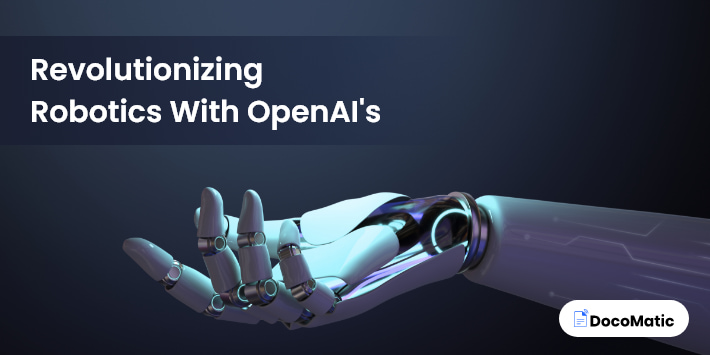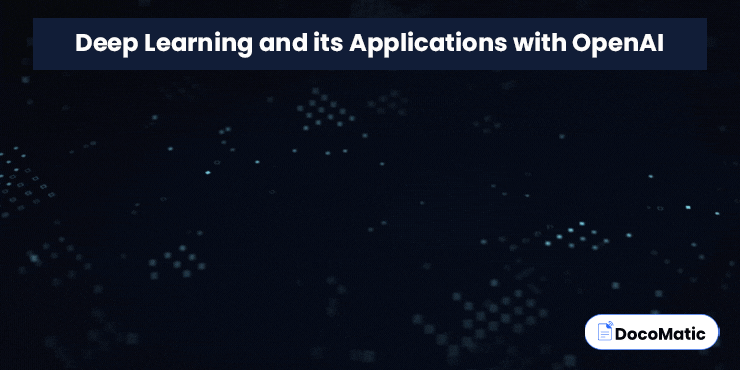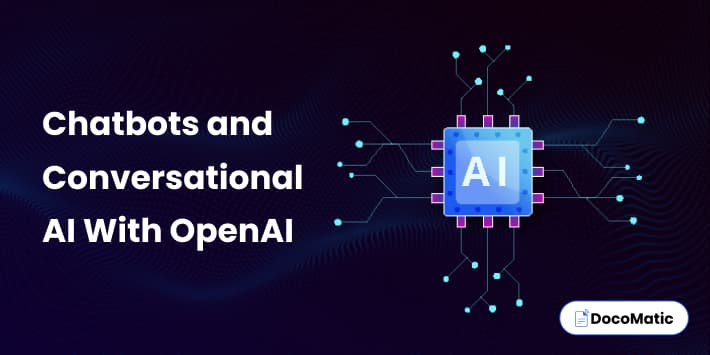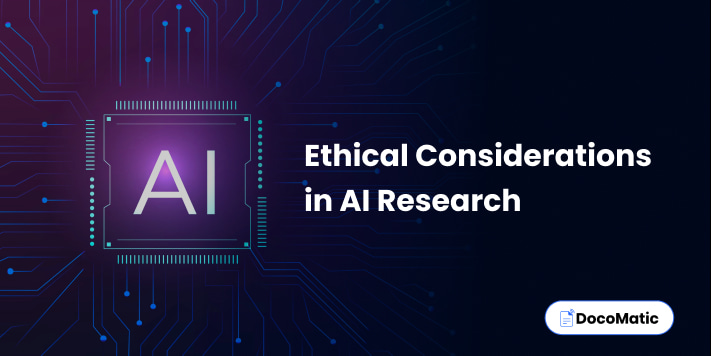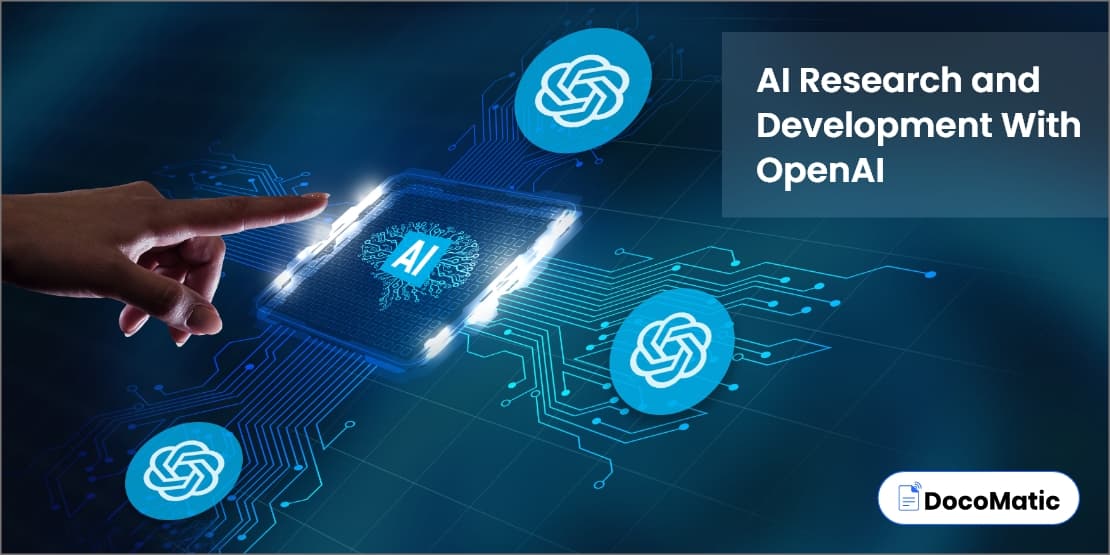The use of reinforcement learning to teach robots new abilities is one of the most interesting breakthroughs in the fast-developing area of robotics.
Reinforcement learning can be basically understood as a type of machine learning that enables an artificial intelligence agent to continuously learn from its surroundings on the basis of trial and error. As per the action of the AI agent, it is given rewards or punishments. Robotics is being transformed through reinforcement learning, which is being spearheaded by OpenAI, a leading artificial intelligence research laboratory in the world.
The global robotics market is expected to reach US $86.20 billion by 2027, according to a ReportLinker analysis. The need for cutting-edge AI technology-based robotics will only rise given these growth predictions.
Hence, in this blog post, we’ll discuss reinforcement learning and also throw some light on revolutionizing robotics with OpenAI’s reinforcement learning.
Table of Content
Reinforcement Learning: An Overview
Reinforcement learning is a subfield of machine learning that teaches an artificial intelligence (AI) agent how to respond in a way that maximizes a reward signal.
The agent interacts with the environment and learns from its interactions by being rewarded or punished. This input is used by RL algorithms to modify the agent’s behavior over time. It helps the agent to learn to operate in a way that will maximize its anticipated long-term reward.
Comparison with other types of machine learning
RL is better suited for issues where the agent needs to learn by trial and error and when the ideal action is not known in advance, as opposed to other types of machine learning such as supervised and unsupervised learning.
As robots must interact with their surroundings and learn from their experiences, this makes it a perfect technique for robotics.
Examples of reinforcement learning in action
A wide variety of robotics tasks, including locomotion, manipulation, navigation, and exploration, have been successfully tackled with RL.
- RL has been used to train robots how to move objects correctly and skillfully.
- RL has also been utilized to help robots explore uncharted areas like the deep sea and outer space, as well as navigate complex environments like hospitals and warehouses.
Reinforcement Learning in Robotics
Reinforcement learning in robotics can be employed to train artificial intelligence agents to carry out tasks in the real world, including navigating an obstacle course or handling objects.
Reinforcement learning’s benefits over traditional robotics techniques
- Ability to get knowledge from experience: Reinforcement learning agents are able to explore their environment and gain knowledge from the outcomes of their decisions. This enables them to adjust to changing circumstances and make quick decisions.
- Efficiency and scalability: Reinforcement learning has the potential to be far more effective and scalable than conventional robotics techniques, which can require a great deal of human programming and optimization.
- Ability to handle complex tasks: Reinforcement learning is particularly helpful in situations when the robot must carry out activities that are challenging to program explicitly. For example, those tasks that entail complicated interactions with the environment or need a lot of sensory input.
Current challenges and limitations of reinforcement learning in robotics
- Need for large amounts of training data: Large training data sets are necessary for reinforcement learning machines, but gathering these sets may be time- and money-consuming.
- Long-term planning challenges: Reinforcement learning agents may find it challenging to complete tasks requiring long-term planning or an in-depth understanding of the environment.
Reinforcement learning has demonstrated considerable potential in the realm of robotics despite these challenges, and there have been several successful applications recently.
OpenAI, a preeminent artificial intelligence non-profit research organization, is exploring the potential of reinforcement learning in robots. The field of robotics has greatly benefited from OpenAI’s reinforcement learning. It has the potential to completely alter how we interact with robots in the future.
Let’s talk about it in more depth in our next section.
OpenAI’s Robotics Toolkit
The OpenAI Robotics Toolkit is a set of software programs, tools, and libraries created to assist developers and researchers in creating and developing reinforcement learning-based robots. The toolkit has a wide variety of features for creating and training robots and is built on top of well-known open-source software frameworks like PyTorch and ROS (Robot Operating System).
Key components
- Pre-built environments:
The robotics toolkit includes a number of pre-built environments for reinforcing learning agent training.
These environments are intended to mimic actual situations, such as navigating through challenging areas or performing robot manipulation tasks. Because of its extreme adaptability, researchers and developers can design personalized environments and tasks to meet their requirements.
- Set of RL algorithms:
A collection of reinforcement learning algorithms is another crucial element of the robotics toolkit. These algorithms’ exceptional efficiency and scalability enable training on massive volumes of data.
Moreover, they provide sophisticated features like exploration strategies, which can aid reinforcement learning AI agents in finding new and more efficient policies.
- Tools for data collection and analysis:
Tools for data collection and analysis are also included in the robotics toolkit since they are essential for preparing reinforcement learning agents for use.
Researchers and developers can use these tools to gather information from sensors and other inputs, as well as to evaluate the effectiveness of their artificial intelligence agents and environments.
- Integration with robot simulator:
The integration of the robotics toolkit with the well-known open-source robot simulator Gazebo is one of its distinctive features.
As a result, researchers and developers can test their artificial intelligence agents in a virtual setting before putting them to use on actual robots. Also, it makes it possible for an agent who has been trained in simulation to be improved upon by a physical robot.
Various OpenAI Toolkits
- Gym: Gym is a toolkit used to develop and assess reinforcement learning algorithms. It offers a range of environments that can be employed to train and evaluate RL agents, from traditional physics simulations to Atari games. Moreover, Gym has resources for analyzing and visualizing RL algorithms.
- RoboSumo: RoboSumo is an algorithm development and testing toolkit for multi-agent reinforcement learning. It is made especially for the purpose of robot sumo wrestling, in which two little robots battle to push one another out of a ring.
- Safety Gym: Safety Gym is a toolkit for creating and evaluating RL algorithms in secure environments. It consists of a collection of environments created to test RL agents’ ability to perform safe actions like avoiding collisions or limiting damage to a robot.
- Robotics Lab: This toolkit allows you to create and test robotics algorithms on actual robots. It consists of a number of hardware and software elements that let researchers interact and operate with physical robots in real time.
- RoboMaker: This cloud-based service offers tools for creating, testing, and deploying robotics applications. Among its other features are a simulation environment, code deployment tools, and data management services.
Case studies of OpenAI’s reinforcement learning in robotics
Using their toolkit, OpenAI has created a number of case studies illustrating the potential of reinforcement learning in robotics. Here are a few illustrations:
- Rubik’s Cube:
With the help of a robotic hand, the “Rubik’s Cube Robot,” an artificial intelligence (AI) system developed by OpenAI, can solve a Rubik’s Cube. A reinforcement learning method termed automatic domain randomization was used to teach the robot. It uses a two-armed robotic hand in combination with computer vision to move the cube.
In order to help the robot better adapt to the circumstances of real-world environments, this approach entails training the robot in a number of simulated environments with varying degrees of complexity and unpredictability.
The Rubik’s Cube Robot is a fantastic illustration of how reinforcement learning can be used to train robots to carry out challenging manipulation tasks.
- Dactyl:
OpenAI developed a robot with unparalleled dexterity for object manipulation dubbed Dactyl. The robot uses computer vision, motion sensors, and a four-fingered OpenAI’s robotic hand to manipulate objects like blocks and balls.
The robot was trained using a technique called domain randomization on a variety of simulated environments that varied in physics and object attributes.
The goal is to create a robotic hand that can adapt to a range of real environments, including some that haven’t been tested. Dactyl is a wonderful example of how reinforcement learning can be employed to teach robots to do challenging manipulation tasks in a variety of settings.
These case studies showcase the possibilities of OpenAI’s robotics toolkit and show the promise of reinforcement learning in robotics.
Moreover, they demonstrate how reinforcement learning can be used to teach robots to carry out complicated tasks that are challenging to program explicitly, as well as how it can be used to adapt to unexpected environments and make decisions in real time.
FAQs
OpenAI has created some of the most powerful and cutting-edge algorithms in the world and is at the vanguard of reinforcement learning research and development. With the help of its robotics toolkit, researchers and developers can build new & advanced AI and reinforcement learning algorithms in real-world scenarios.
From straightforward manipulation and navigation tasks to more sophisticated ones like assembly, construction, and even medical treatments, reinforcement learning can be used for a variety of robotic tasks.
Moreover, it can be utilized to increase the effectiveness and dependability of robotic systems, enabling more autonomous and efficient operation.
Reinforcement Learning: Advancing the Future of Robotics with OpenAI
As robots continue to transform more and more elements of our daily lives, the importance of developing reliable and adaptable robotic systems becomes more apparent. Reinforcement learning has shown tremendous promise in this area, and there are several potential robotics uses for it.
One of the key advantages of reinforcement learning is its ability to adapt to various situations and learn from experience. This is especially useful in robotics since robots need to be able to operate in a variety of environments and perform a variety of tasks.
OpenAI is driving these developments, as it has some of the most sophisticated and cutting-edge reinforcement learning algorithms available. By continuing to push the boundaries of what is feasible in robotics and reinforcement learning, OpenAI is paving the way for a day when robots are capable of performing a multitude of tasks in a wide range of environments.
